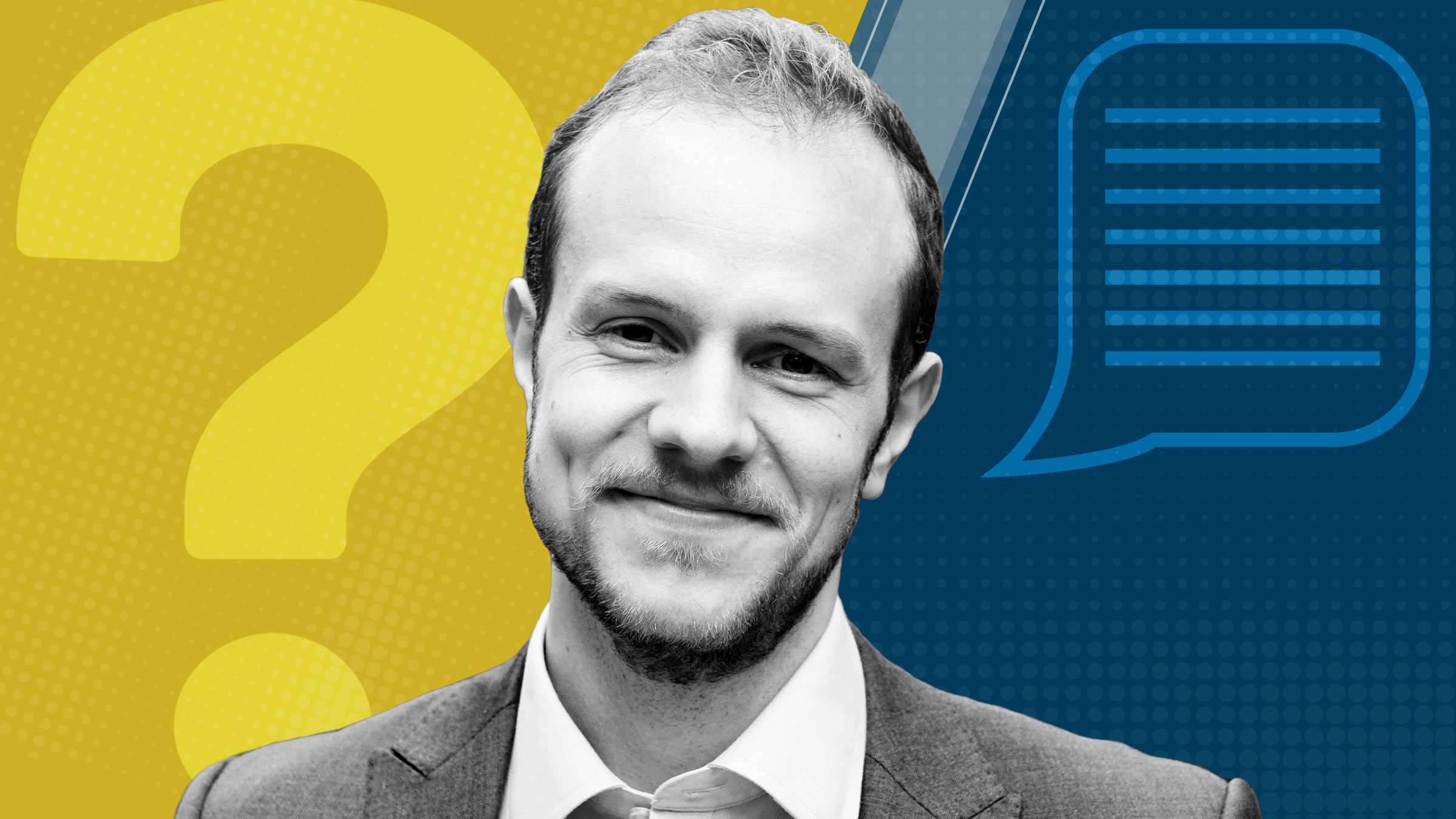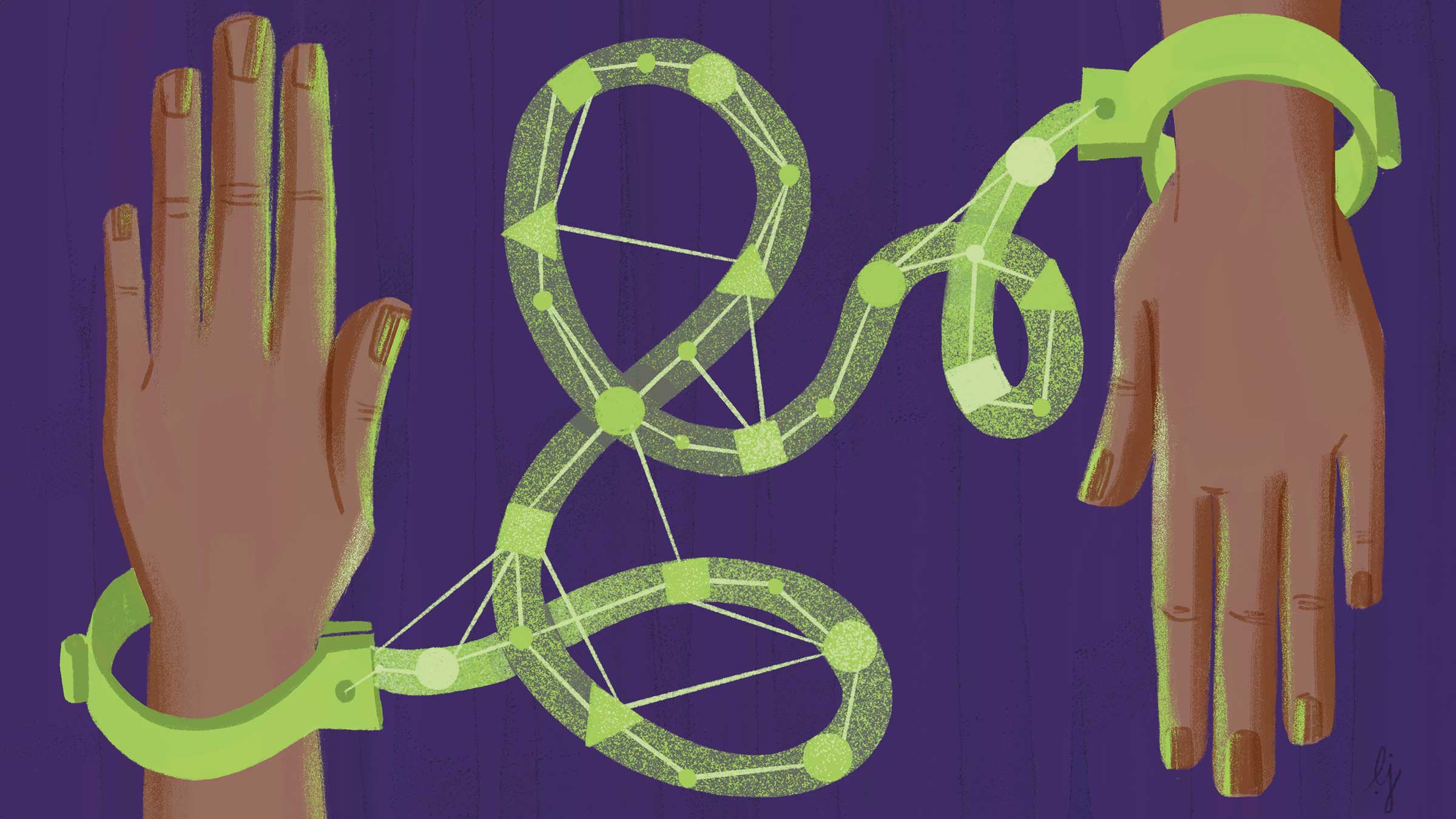Disclaimer: Views are the author’s and do not necessarily reflect those of the Federal Reserve Bank of Minneapolis or the Federal Reserve System.
Today, a customer can visit a favorite coffee shop anywhere in America and buy a cup of coffee. She or he can typically pay with cash, issued by the central bank and backed by the full faith and credit of the United States, or use a debit or credit card, perhaps even a mobile wallet, where funds, backed by a bank, are digital and exchanged over the internet. But what a customer can’t do is pay for something electronically with money directly connected to the central bank’s balance sheet.1 A general-purpose central bank digital currency (CBDC), if ever issued, could change that.
Defining central bank money today
Money in the U.S. economy today consists primarily of central bank money and balances in bank accounts. Central bank money is a direct liability of the central bank. The money held at banks for consumers and businesses is the liability of those specific banks, not the central bank. If issued, a general-purpose CBDC would be a new form of central bank money available to the public.2
To illustrate this, imagine a coffee shop visit of the future. Three customers wait in line for their turn to purchase a favorite beverage. One pays for her coffee with a $10 bill. The second uses a debit card linked to his bank account. The third uses a mobile wallet to access CBDC. All customers walk away with a coffee, and two of the three used central bank money.
The first customer paying with a $10 bill used central bank money as we know it today. The second used funds in his checking account via his debit card. He can pay for purchases in person or online through accessing his checking account, as long as banks clear and settle the transactions behind the scenes. Given our robust banking and payments infrastructure, the $10 bill in a physical wallet and a $10 balance in a checking account enable the same thing: Both buy a cup of coffee (hopefully with change to spare). The third customer, in this hypothetical coffee scenario, used a theoretical general-purpose CBDC. This new form of money could marry the property of cash—as a direct link to the central bank’s balance sheet—with the ability to transact electronically without necessarily needing an underlying checking account.
Central bank money going digital?
For our coffee customers and even for the coffee shop, the benefits of a CBDC in the United States are not immediately obvious. Largely due to the legal and regulatory framework supporting the payments infrastructure, an end user’s buying power and ability to trust in the integrity of a transaction are the same for banknotes and bank account balances. Because the banking sector facilitates the exchange of funds between parties, the absence of central bank-issued digital money for general purposes is not currently an issue for most Americans.
However, recent events, such as the introduction of Facebook’s libra, now diem, and announcements by the People’s Bank of China, as well as other developments in the national and international community, have turned up the conversational heat. As a result, 80 percent of central banks responding to a 2019 survey by the Bank for International Settlements are engaging in some CBDC research.
Internationally, some central banks pursuing CBDC see it as a potential solution for present-day problems, such as increasing financial inclusion or enhancing monetary policy transmission, payment safety and efficiency, and the availability of cash. Whether CBDC effectively addresses these issues is the subject of research and remains to be seen. For other central banks, exploring a CBDC is more forward-looking. This group, including the United States, is focused more on understanding the potential for CBDC to complement a system that already works well for many, though not all, Americans.
Despite the increase in activity in both the United States and abroad, general-purpose CBDC is far from a near-term reality. Some central banks are further down the digital currency path. The Central Bank of the Bahamas, for example, recently issued the “sand dollar.” However, the Central Bank of Australia announced that its research turned up no strong public policy case for pursuing a general-purpose CBDC at this time. Though many other central banks in both emerging and advanced economies are moving forward with research and experimentation, each has different goals unique to their regions and economic conditions. And these different goals could lead to very different arrangements—if they lead to CBDC issuance at all. In addition, in most cases, they would be intended for domestic use like hard currency is used today.
The Federal Reserve and CBDC
Would a CBDC improve the way most people buy coffee? Probably not. But, of course, that’s not the primary question. As Fed Chair Jerome Powell recently remarked, “It’s more important for the United States to get it right than to be first. Getting it right means we not only look at the potential benefits of CBDCs, but also to the potential risks, and also recognize the important trade-offs that have to be thought through carefully.” For example, could a CBDC help more individuals gain access to financial services? Could a CBDC offer more efficient and more cost-effective ways to pay beyond what is available today? What effect could introducing a CBDC have on a variety of stakeholders, including financial institutions both large and small? Will people trust and use a CBDC as they trust and use cash and other payment mechanisms today? Would a CBDC be accessible and easy enough to use?
To address these and many other complex questions, the Federal Reserve is actively engaged in CBDC research and experimentation. One of these efforts is a research project led by the Federal Reserve Bank of Boston in collaboration with the Digital Currency Initiative at the Massachusetts Institute of Technology. The project focuses on designing and building a hypothetical digital currency to test various features and capabilities of a CBDC arrangement. Another example is the Federal Reserve Board’s Technology Lab. This group has expanded its experimentation to better understand and evaluate the risks and opportunities of technologies relevant to digital currency and related payment innovations. The Fed also continues to collaborate with other central banks, including an initiative with the Bank of International Settlement’s Innovation Hub at the Federal Reserve Bank of New York.
How money and payment systems evolve to better serve more people, more efficiently and securely, and at lower cost, is at the forefront of the many conversations about CBDC. The development of instant payment systems like FedNow supports these same goals. Because Americans can rely on the safety, security, and widespread access of the payment infrastructure today, most people do not need to give much thought to whether the money they’re using is central bank money or not. However, just as tastes in coffee vary enormously, so too do the needs of participants in an economy as large as the U.S. economy. Pursuing what works for all of us may well include an evolution in how we think about and use various forms of money. But determining exactly what that means, and the role CBDC might play, will require time, diligence, and perhaps a great deal of coffee to figure out.
Endnotes
1 Current statutes restrict the Federal Reserve from offering accounts to individuals.
2 For a more thorough discussion, see Central bank digital currencies: foundational principles and core features.






